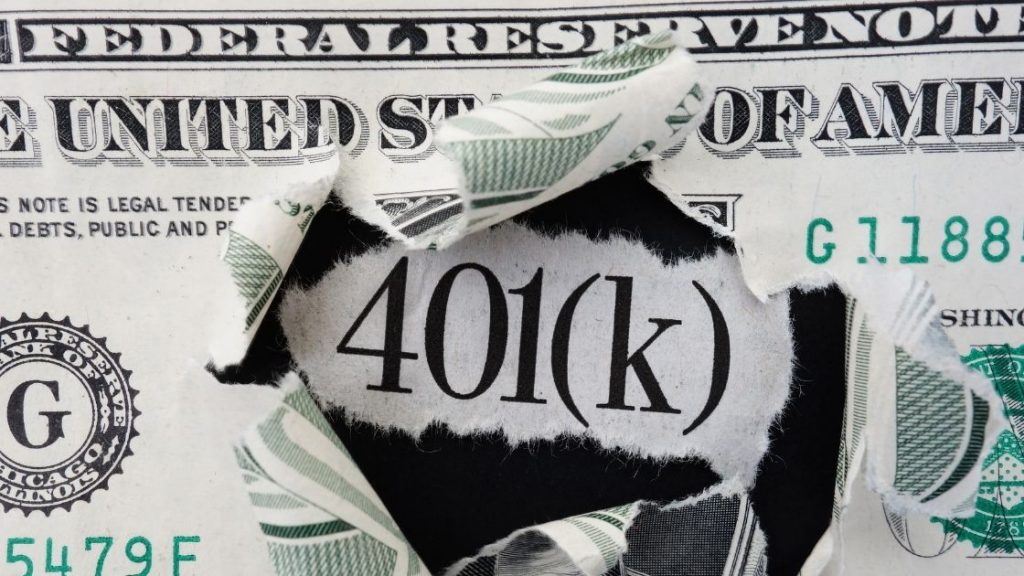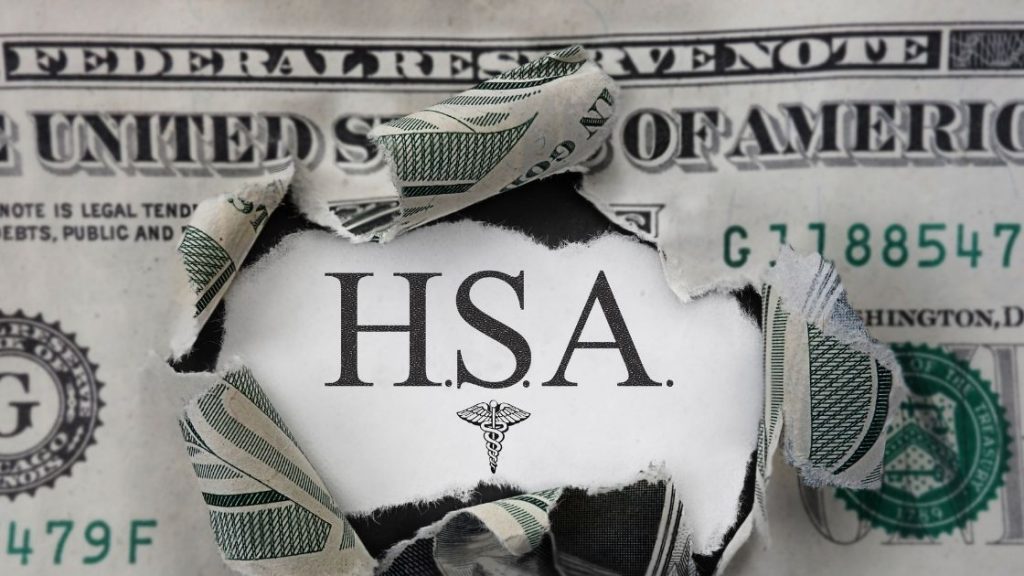
Saving money is a bedrock of sound money management. If you can’t get this piece right, you will never escape the endless cycle of living paycheck to paycheck.
Of course, the concept of saving money is simple, but actually doing it is no simple task.

Why is this? Because saving money requires sacrifice and discipline. These are two things that most people struggle with, especially when they don’t have a lot of money to begin with. But the good news is that you don’t need to have superhuman will or live like a monk to begin a successful saving regiment.
You simply need to know how to manage your money better. It’s a skill that can be learned. And while it may take some time to perfect it, the rewards will be well worth it.
In this beginner’s guide to saving and managing money, we will cover some of the best strategies and tips you can use to save money and put yourself on the path to financial security and success.
Table of contents
- Learn The Basics Of Budgeting
- Pay Off Costly Debt As Soon As You Can
- Practice Self-Control: Pay With Cash, Not Credit
- Start an Emergency Fund
- Start Saving for Retirement Early
- Set Short-Term And Long-Term Goals
- Protect Your Finances with Proper Insurance
- Improve Your Credit Score and Borrow Smart
- Saving Money vs. Investing
- Generate Cash to Supercharge Your Savings
- Paying Off Debt vs. Saving Money First
- Beware of Bad Advice: Educate Yourself
- FAQs
- Summary
Learn The Basics Of Budgeting
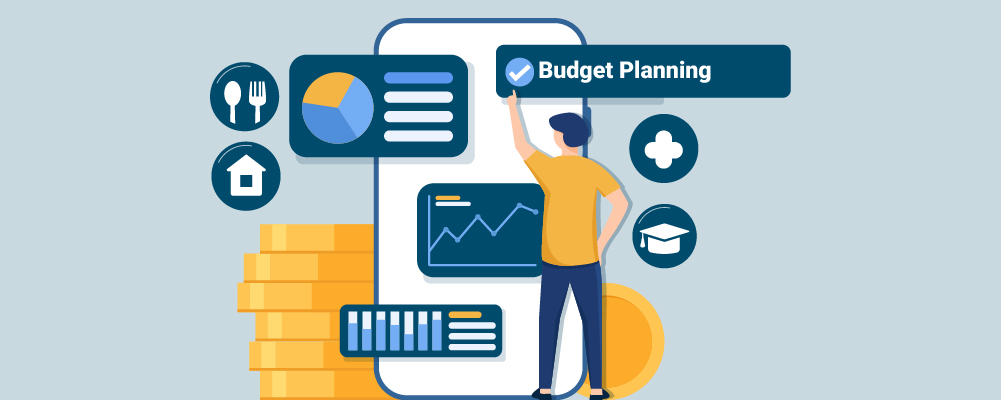
If you want to be a successful saver, the first thing you need to do is learn how to budget. The goal of budgeting is simple: make sure that you spend less than you earn.
If you do this, everything naturally falls into place. You will have money left to save or invest for the future. This will create a sense of security and satisfaction.
And as your wealth grows, you can treat yourself to something nice without guilt. It’s a fine place to be.
But if you spend more than you earn, everything starts to fall apart. Your debts will grow month by month, your insecurities will start to mount, and you will begin to feel like there’s no way out.
So how do you make sure you don’t violate this fundamental rule of personal finance? You need to put in place a budget that works. Your budget should tell you where your money is going, allow you to accurately track those expenses, and make sure you don’t run out of money at the end.
There are a lot of different schools of thought on how to create a good budget, but we’ll cover some of the most popular below.
The 50/30/20 Rule
I love this budget because it is simple but elegant. It doesn’t require you to track every single penny for every single purchase or expense, but still accounts for all of your costs.
It also gives you a little play money so that you can sustain it and not burn out. Finally, it allocates a healthy amount toward saving and investing.
Here’s how it works.
You should allocate 50% of your after-tax income to “needs,” 30% to your “wants” and the remaining 20% to your savings/debt.
If you’re not sure of the difference between a “need” and “want,” a need is something you must pay or that is necessary for you to survive. Key examples include:
- Rent or Mortgage
- Groceries
- Healthcare
- Utilities (electric, water, gas)
- Transportation (for work, etc.)
- Legally required insurance
In contrast, a “want” is something that you desire but that is not necessary or essential. Typical examples include:
- New or fancy clothes
- Entertainment (Netflix, concerts, gaming, etc)
- Subscriptions (gym memberships, wine clubs, etc)
- Restaurants or ordering in
- Vacations
- Luxury items (watches, jewelry, handbags, etc.)
- New cars (you can save a ton of money buying a used car in good condition)
Go through your bills and highlight your needs in one color and your wants in another.
Understand how much you are spending on wants, and if you can cut any of these bills out.
Sometimes you have wants that are disguised as needs. You may think that paying rent is a need, but if you are actually renting in a high end neighborhood because you like the urban vibe and are paying far above what you can afford. That’s a want, not a need.
You will need to pay the rent until the term is over, but you may want to consider moving into a more affordable place. The same goes for any other seemingly mandatory expenses, like car payments, and so on.
The last part of the 50/30/20 rule is the 20% devoted to savings or debt reduction. If you don’t have debt to pay off, you can use the entire 20% for savings. Most financial advisors suggest saving at least 10% of your income, so if you are able to manage 20%, you are going to be way ahead of the game.
Pay Yourself First
If you feel too constrained by the 50/30/20 rule, another popular budgeting method is paying yourself first.
The idea is simple. Figure out the amount you want to save each month (let’s say 10%) and then automatically transfer that amount into a separate savings account that you don’t touch.
You want to try to direct deposit that money straight from your paycheck if possible. The idea is to have that money never hit your normal checking account, so you don’t ever have a chance to spend it.
This strategy is effective because people tend to naturally adjust to how much money they see and have available. They don’t even wind up missing the money.
Before you know it, that separate savings account is going to start to grow and you will be establishing a great foundation for your financial future.
What I like about this strategy is that it is such low effort. You don’t have to track your expenses by category. You don’t have to watch where every penny goes.
Once you have paid yourself, then you are free to spend on whatever you like, so long as you don’t run out of money by the end of the month.
If you want to learn more about the “Pay Yourself First” strategy, check out my detailed article on the topic here.
Pay Off Costly Debt As Soon As You Can
Having debt is a major burden to your financial progress.
Every month, you are forced to take out a chunk of your income and apply it to your debts when it could go towards more important or fulfilling things (like saving money and securing your financial future).
The good news is that once you are free of that debt, you can start making huge strides in your savings. All of that money that was being wasted paying interest on your debt can now be redeployed to make money for you.
Now I admit it’s not easy to get rid of debt. I struggled with it myself early in my adulthood (I was on the verge of bankruptcy because of it), so I know how challenging it can be. But conquering debt is possible and the rewards are definitely worth it.
One of the most diabolical forms of debt is credit card debt because of the high interest rates and severe penalties if you are late or go over your limit.
To reduce credit card debt, the first thing you need to do is stop adding more balances to your credit cards. Obvious, right? But this is a must.
Next, if you are just paying the minimums on your credit cards, you need to do more than that. You will never pay it down that way. Ok, you may, but it will take a long time (like maybe 30 years)!
So you need to find some extra money out of your budget to tackle this. If you have been spending less than you earn, this should not be a problem. Let’s say you are able to devote $50 per month toward paying down your credit cards.
If you have more than one (the average American apparently has 4), you need to decide which one to pay off first.
There are two schools of thought on how to do this:
The Debt Snowball Method
Using this method, you do the following:
- Apply your extra payment (and anything else you can spare) against the credit card that has the lowest balance. Pay the minimums on the rest.
- Pay that card off and then use your extra payment plus the amount you were paying on the card you just paid off and use it to pay off the credit card with the second lowest balance.
- Rinse and repeat until all credit cards are paid off.
The Debt Avalanche Method
Using this method, you do the following:
- Apply your extra payment against the credit card that has the highest interest rate. Pay the minimums on the rest.
- Pay that off and then use your extra payment plus the amount you were paying on the card you just paid off and use it to pay off the credit card with the second highest interest rate.
- Rinse and repeat until all credit cards are paid off.
If you use the debt avalanche method you will pay your credit card debt faster and spend less money on interest payments. If you use the debt snowball method, you will be less efficient along both of these dimensions.
But some people, including Dave Ramsey, prefer the debt snowball method because they believe that getting a quick psychological boost when you pay off that small credit card balance is important to sustain momentum.
Obviously, these methods don’t just apply to credit cards. You can expand it to any form of debt. So if you have really high interest payday loans, you may want to tackle that first and then hit the credit cards.
Practice Self-Control: Pay With Cash, Not Credit
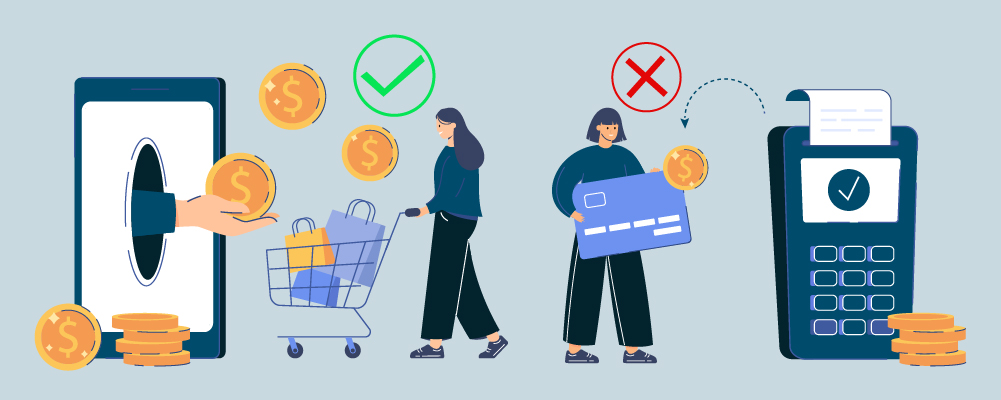
If you are having a hard time controlling your spending due to credit cards, one option that may work for you is the cash envelope method.
Here’s how it works.
You basically organize your expenses by category and put in your budgeted amount of cash into an envelope that is labeled for that category.
For example, if you are budgeting $400 a month for your groceries, you would put $400 in cash into an enveloped labeled groceries and only use that money for groceries. You do the same thing for other categories like eating out, entertainment, etc.
Once the money in the envelope runs out, you no longer spend money on that category until next month.
The magic of this system is rooted in psychology. When you spend cash and see your stack of bills dwindling, your brain sends a powerful message saying you need to be careful. That is absent when you put expenses on credit or debit cards.
It also enforces discipline and prevents you from racking up credit card debt because you are not touching your credit cards at all.
Some people may find it challenging to have an envelope that is supposed to last a whole month. If that’s the case, divide the cash into weekly amounts. When a new week begins, you know you can only use the money in that envelope for that week. If you run out, you only have to wait until Monday before you can get some extra cash again.
If you don’t use all of the money in that week, then you can put the leftover cash in the following week’s envelope – allowing you to do more with your money.
Start an Emergency Fund
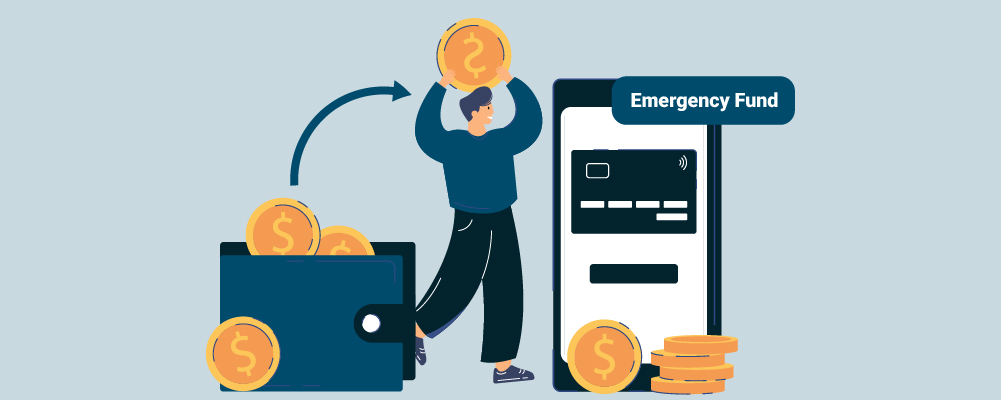
Ok, once you have a working budget in place, are focused on eliminating debt, and are able to sock away a little bit each month, you need to know where to put your savings.
As a starting point, you should create an emergency fund. This is a fund that can be used when unexpected expenses pop up (e.g., a car repair, medical bill, leaky roof, etc.) or, in the worst case, you lose your job.
It is essentially a financial safety net that will keep you on track even if bad things happen.
Before the global pandemic, the general advice was to have at least 3 to 6 months’ worth of expenses in your savings account, in case you lose your job. This gives you at least that length of time to find a new one.
However, the pandemic showed that people could be out of a job for a whole year of their lives with no availability to be hired elsewhere.
A safer option is to create an emergency fund that will cover at least 1 year of expenses. I like using an online high yield savings account for this purpose.
Some of the big players in this space include CIT Bank, American Express Personal Savings, Marcus and Capital One. Your funds will be FDIC insured and you will get a far better return than you would at a brick and mortar bank.
If you want to learn some advanced strategies for starting your emergency fund, check out my article on how to start an unconventional emergency fund.
Start Saving for Retirement Early
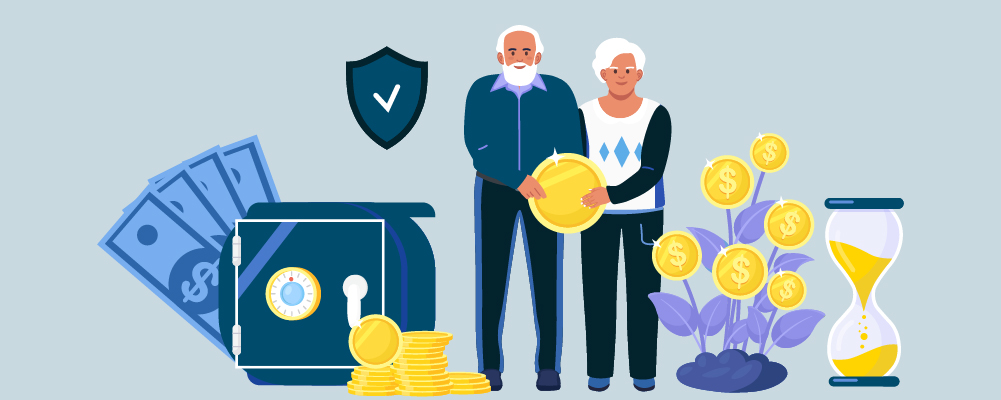
Once you have your emergency fund set up, it’s time to start securing your future.
One of the key reasons why people want to save money is so that they can have a comfortable retirement. And the earlier you start, the better.
That’s because your money has more time to grow.
Due to how compound interest works, your money will grow faster the longer it’s invested.
If you don’t have a 401k with your employer already, you should start your own retirement fund. This means opening up an IRA account (Individual Retirement Account) and sending a reasonable portion of your pay to this account every month (shoot for at least 10%).
There are two main types of IRAs: a traditional IRA, and Roth IRA. In basic terms, a traditional IRA gives you a tax deduction now for money you invest, but you will be charged tax when you withdraw funds in retirement. A Roth IRA will not give you a deduction now, but you will be able to withdraw it without a tax hit when you retire.
There are additional details that apply to both, so you will need to be mindful of them, but you should talk to your financial or tax advisor if you have questions.
If you have a 401(k), you need to ensure you’re taking advantage of the company’s 401(k) match if they have one. A company match means that your employer will match some or all of your 401(k) contributions.
It’s basically free money, so you should absolutely take advantage of it. Obviously, having your employer contribute to your 401(k) balance can really supercharge your savings.
Some 401(k)s have automatic escalators. So if you choose this option, your contribution percentage will automatically increase each year (usually by 1%). So as your earnings increase through raises and so on, your 401(k) contributions go up as well.
And the best part is that you won’t notice any lifestyle impact because you will never get the chance to spend that extra income and become accustomed to it. If you have a 401(k) and want to learn how to maximize its benefits, check out my article on how to make the most of your 401(k).
Set Short-Term And Long-Term Goals
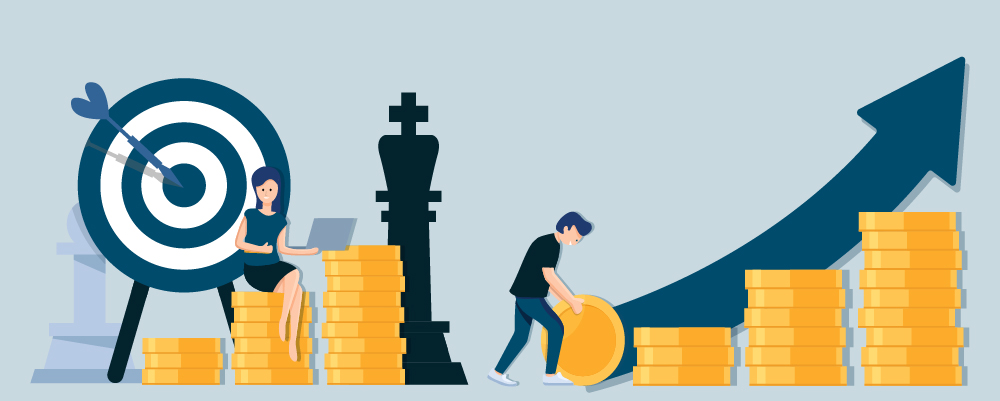
Retirement can feel unimportant when you are young and even though you may appreciate the importance of investing early, the whole thing can still feel distant. Although saving for retirement is an important step to creating a secure financial future, you will be more likely to feel productive and successful if you have short-term goals as well as long-term goals.
So here’s a simple sequence to follow.
Your first short-term goal should be to pay off your high interest rate debts. The second should be to build an emergency fund.
As we discussed, building a robust emergency fund can take some time, especially if you are looking to cover a full year of expenses. Start by trying to get a $1,000 emergency fund in place. That should cover some of the more commonplace emergencies that may pop up, like a broken water heater or simple car repair.
As these short-term goals are working in the background, you can check on your retirement accounts once or twice a year. Make sure the investments are appropriate for your situation and are in line with your retirement goals.
Protect Your Finances with Proper Insurance
Insurance is an integral part of managing your money and allowing your savings to grow.
Almost no one likes talking about insurance and certainly no one likes paying for it. But if you don’t have proper insurance coverage, you could derail all that you have worked so hard to achieve.
Let’s take health insurance for example.
If you end up in the emergency room you could end up with a $2,000 bill for doctors to look at your injury and to give you a room. And this doesn’t take into account any medication or follow ups that may be needed.
If your situation is even worse, (say you got into a car accident and needed surgery,) without insurance you could be paying $50,000 or more for medical care. With insurance, that price may be knocked down to something like $3,000. Although the price is still high, $3,000 is far more manageable.
To help keep your insurance premiums low, you need to show that you are a healthy person. This means you should have a healthy diet, maintain a healthy weight, and have a regular exercise routine. You should also avoid binge drinking, not smoke, and have a good driving record.
If you live clean, that tells an insurer that you are less of a risk and so you won’t need to pay a high premium. That means you will have more money in your pocket to apply to your savings and retirement accounts, which is always a good thing.
Other forms of insurance are important as well.
For example, getting homeowners insurance protects you against damage to your home, like a fire, auto insurance protects against damage and liability arising from your driving activities, and disability insurance protects you should you become permanently or temporarily ill.
These are some of the more serious issues that can completely devastate your finances if you don’t properly insure against them.
The bottom line is that you cannot prepare for a car accident, a natural disaster striking your home, or a debilitating illness. Having insurance for these situations means you don’t need to spend all of your savings creating a new life for yourself.
Improve Your Credit Score and Borrow Smart
Although you should try to avoid debt, that doesn’t mean you should never take out a loan. Sometimes the prudent use of debt is the smarter course of action.
For example, the average price of a house in 2021 was $453,700. For the majority of us, this means we would need to get a mortgage loan to even consider getting on the property ladder.
If home ownership is something you are interested in, you need to secure the best possible loan.
That’s where your credit score comes in. If you have great credit, you can qualify for the best rates available. The difference in payments between a top rate and a bad rate is tens or even hundreds of thousands of dollars over the course of a 30 year mortgage.
So work on that credit score. It is, in my view, the modern day equivalent of an adult report card. Try to improve your grades. It can save you a ton of money over the long term.
The most important factors in your credit score include the following:
- Do you pay your bills on time (this is probably the biggest factor)
- Do you have accounts that are leveraged to the max (e.g., having a $9,000 balance on a $10,000 line)
- How old are your accounts (if you have accounts that you opened a long time ago, that helps)
- How many credit inquiries have you had recently
- Do you have collections, bankruptcies, etc.
Assuming you have built up a good credit score (or are on the way), shop around for the best rates when looking for home or car loans. These loan products, especially mortgages, can be very complex, so make sure you are comparing apples to apples and read the loan terms carefully.
For example, there is a huge difference between a fixed rate mortgage and an adjustable rate mortgage. One will keep your mortgage payment steady and the other has a possibility of making your payments shoot up after a certain period of time.
Some lenders will charge “points” to lower the interest rate, but that means you are paying them for the privilege of getting that lower rate. You need to compare lenders using the same terms, including points and other costs.
You also want to understand the difference between a 30 year loan vs. a 15 year loan and the benefits and drawbacks of each.
If you want to be an intelligent borrower, make sure you understand all of these differences and make the best choice for your situation.
Saving Money vs. Investing
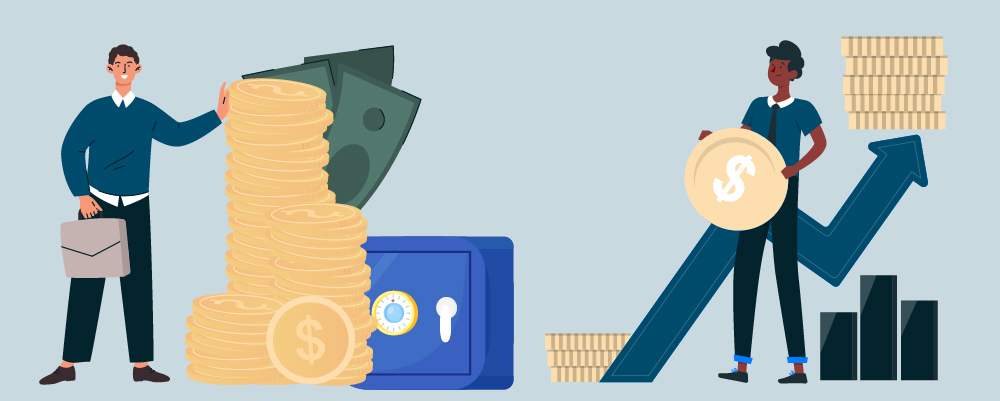
There is a massive difference between saving money and investing. Saving is a reliable way to store up some money for short term needs. You won’t make much in terms of return, but that’s not really its purpose.
Investing on the other hand is a long term wealth building strategy. Investing does allow you to generate significant returns on your money, but it carries more risk of loss than savings will.
When you save money, you put that money into a deposit account (usually FDIC insured) that promises a stated rate of interest. Your money and the interest is generally safe and guaranteed.
When you invest in stocks, you are buying a piece of a business. That company then uses that money for business expansion, payment of debts or for other corporate uses. Generally speaking, as the business increases profitability, your piece of the business will grow in value.
But if the business makes poor decisions or it otherwise suffers competitive or financial setbacks, the value of your investment can fall as well.
The key to successful investing is understanding what you are investing in by doing research to make sure you are buying a piece of a company that is positioned for success. But even then, you may lose money if that industry suffers or unexpected events happen to that company.
One way to insulate yourself from that type of risk is to diversify your investments by buying a mutual fund, index fund or ETF. These funds have ownership interests in baskets of companies.
So when you buy a share of an ETF, for example, you are buying a piece of many companies. That means you have less risk of loss if one of those companies falters.
Generate Cash to Supercharge Your Savings
Some stocks can churn out cash for you as well. Many companies and funds pay dividends, which are essentially cash payments by the companies to their owners. They are often paid on a quarterly basis.
So if you own dividend paying stocks or funds, you can expect to receive these periodic payments, which you can use for savings or to reinvest in those companies.
Another way to make your money grow is to use your savings to create a side business. If you have a hobby or an interest, you can turn that weekend activity into a money making venture.
For example, e-commerce shops such as Etsy allow crafters to sell their weekend hobby crafts, basically paying you to do what you already love. In this instance, you would use your savings to buy supplies, and you could turn a $2 investment into a $50 sale.
If you are particularly good at crafts, that shouldn’t stop you – here’s my guide on how to make money on Etsy without making anything.
Paying Off Debt vs. Saving Money First
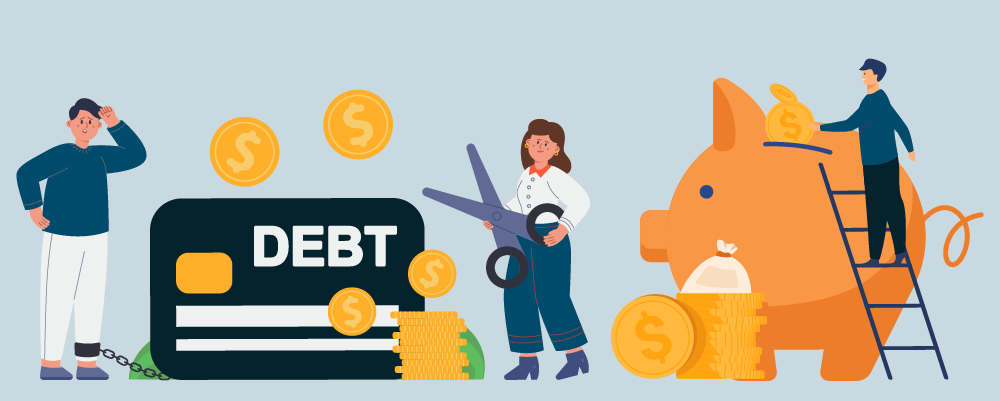
When you first sit down and try to manage your money, one of the biggest questions you may have is do I pay off my debt first or start saving? As mentioned earlier, I think the sequence is to pay off debt first.
That’s because in most cases, the interest rate on debts is going to be much higher than the interest rate you receive on savings accounts.
You want to pay down a debt with a 7% interest rate before you start putting money into a savings account that pays 1%.
It’s just math.
But if you have very low interest rate debt and are able to somehow score a very high yield savings account that pays a higher interest rate than the interest rate for your debt, then the answer is flipped. For a more detailed look at how to pay off debt, and start investing for your future, check out my article introducing you to the 5 basic pillars of personal finance and how they can elevate your personal finance game.
Beware of Bad Advice: Educate Yourself
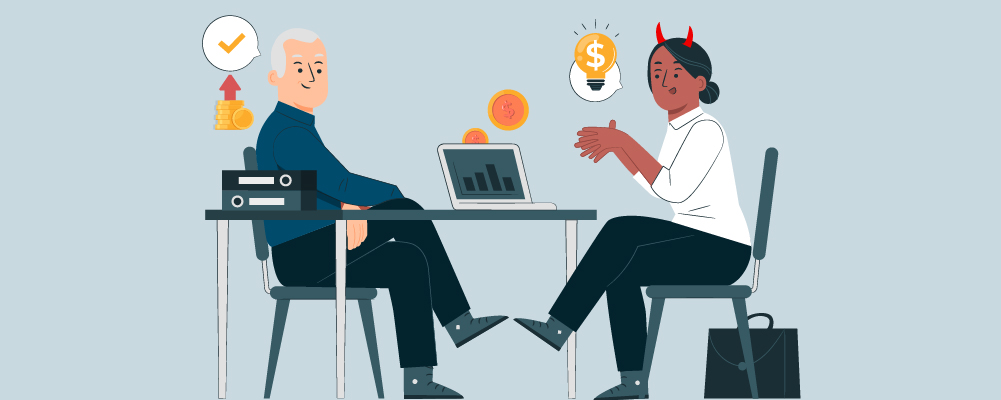
Unfortunately, there are a lot of businesses designed to prey on those in unstable financial situations. Payday loans are a great example of this. They offer money to people with bad credit, stating they won’t look at your credit history and you can get a small amount of money which you need to pay back with your next pay packet.
The idea is to help you pay for an unexpected expense (like a broken washing machine), and you don’t have to worry about managing a long-term loan. However, these quick loans will charge you a ridiculously high-interest rate for this privilege.
Although this system is designed to help those with bad credit ratings still get a loan, it instead forces these people into more debt.
Beware of “convenient” solutions like these – you are way better off saving for an emergency fund that will cover these types of expenses and steering clear of predatory lending schemes like this.
FAQs

Should I Buy Savings Bonds To Save Money?
Saving bonds are backed by the U.S Government. They are designed by the US government to help you save money in a safe investment.
By buying a bond, you are basically allowing the government to use your money, which stimulated the economy into growth. Because of this contract, you cannot withdraw your savings for usually at least 1 year.
Although those are the mechanics, for you the situation is simple. You just put your money into the bond and wait a year to see it grow.
If you buy a bond for $25, you can expect that value to grow to $50 in 20 years, and then grow again to $100 in another 10 years. Starting with $500, waiting 20 years for it to grow to $1,000 and another 10 years for it to grow to $2,000.
The value doubles. Realistically, you should only buy a bond if you can buy a large one.
Is My Money Safe In An Online Savings Account?
Your money is safe as long as the funds are FDIC insured. In most cases, you will see the FDIC logo, but to be sure you are not on a scam website, check the FDIC’s website.
If you cannot see this logo or want an extra layer of confirmation, search for the company on the FDIC website. The FDIC protects you should the online bank collapse or should you get hacked.
If the company uses FDIC, your account will automatically be insured for up to $250,000.
If you have more than this amount in your savings account (congrats!), you should create another account at a different bank to put the additional money into.
Summary
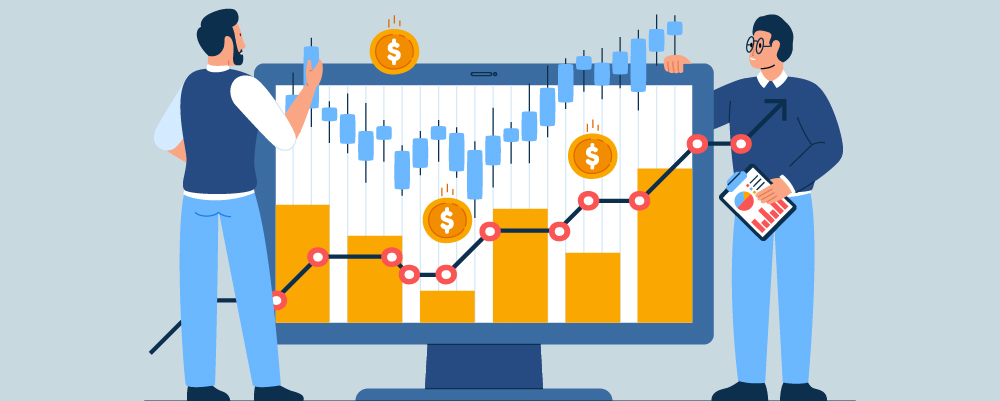
Learning how to save money and get yourself out of debt is an important skill. Like any skill, you need to learn how to do it properly and practice it until you get it right.
Using the strategies and tips we discussed above, you now have the knowledge to begin saving money and building a strong financial future. All you need to do is put it into practice.
You will make mistakes along the way.
People routinely fail to come up with workable budgets, make bad investment decisions and fall into debt. It’s ok – make adjustments, correct the things that went wrong, and try again. You will get better and eventually find what works for you.
The key is to persevere and get back into the saving spirit. If you keep it up, you will be on the path to true and lasting financial prosperity.
